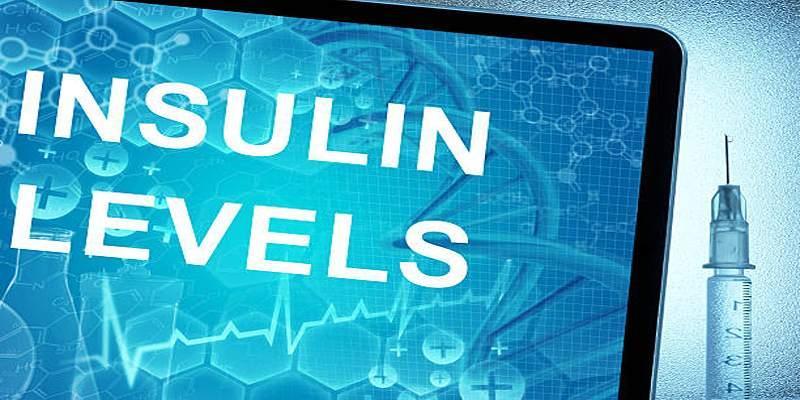The condition of type 1 diabetes might be overwhelming, particularly at the beginning. In this article, we will focus on the honeymoon phase, a period of short-lived remission that may exist shortly post diagnosis. We will explain what it is, why it occurs as well as how to cope with it.
What Happens During the Honeymoon Phase?
The insulin level in the body is still elevated during the honeymoon period and therefore, insulin injections might temporarily be reduced. But this is not permanent and to manage diabetes, it is very important to know this. The honeymoon phase is long and can be divided into specific parts as shown below to enable you to get to know more regarding the implication and how to deal with this special phase of Type 1 diabetes.
Signs and Symptoms
The honeymoon phase of Type 1 diabetes may be a frustrating situation to the people as well as their relatives. It is crucial to note the signs and symptoms at this stage to ensure normal levels of blood sugar and control the disease. We have listed the main symptoms below to provide more understanding.
Swinging Blood Sugar levels

The level of blood sugar may fluctuate greatly during the honeymoon stage. This is because the body in the moment generates small doses of insulin, thus making it difficult to anticipate the glucose variations. It can result in occasional lower blood sugar (hypoglycemia), because of diminished insulin dependence, which requires close monitoring and a change in insulin dosages. These fluctuations should be controlled by monitoring a regular blood sugar check and having regular communication with a health worker within this time frame.
Diluted Insulin demand
The level of insulin needed to regulate normal blood sugar levels also becomes very evident and declines in another characteristic of any honeymoon; the decreased level of insulin demanded. This is because of the partial functionalities of the pancreas. This might seem to be some relief but one should still be on the lookout as these low needs may change at any time.
Better Keeping of Blood sugar levels
Others might even find a temporary improvement in the honeymoon phase in levels of blood sugar control. This is mainly improved by the fact that the pancreas is able to produce some insulin. This however is not the final phase, as the pancreas will run out of insulin generation.
The important point here is not to get too dependent on this temporary relief but work on establishing good management practices so that you are not in the same state by the end of the phase. Frequent check-ups with a healthcare expert will equip people with the upcoming stages on the way to managing diabetes.
Causes of the Honeymoon Phase
At the state of honeymoon, the people can experience the feeling of relief because their blood sugar level can be better, but it lasts only temporarily and needs some close follow-ups. To develop effective long-term care plans to cope with diabetes, it is important to understand its causes to stage the honeymoon phase. Some of the important factors that led to this phase are listed below.
Temporary Kinetic Pancreatic Recovery
The reason behind the honeymoon stage is often because of a short term recovery of their pancreatic beta cells which have insulin-producing property. When the insulin therapy is started, the pancreas will have less stress and such cells will go on to produce small amounts of insulin. Nevertheless, this role eventually overwhelms the immune system with time as the cells that make the beta cells are attacked by the immune system and eventually depleted.
Partial Failure of Autoimmune Response
In type 1 diabetes the immune system attacks and kills beta cells aggressively during the initial phases of the condition. Nevertheless, early insulin treatment is combined with medical treatment and is likely to suppress the autoimmune reaction in the short term. This inhibition sets a finite number of days which the rest of the beta cells serve well. Although this may sound as an advantage, it is important to mention that such suppression is not irreversible, and does not stop the autoimmune process.
Better Glucose Toxicity Climates
Excessive levels of blood sugar or glucose toxicity may at first overload beta cells preventing them to act normally. With the introduction of the insulin treatment, the blood sugar levels can be managed well, and the beta-cell workload decreases. This better environment enables the cells to partially recover temporarily.
Challenges During the Honeymoon Phase
Although the honeymoon phase that follows diabetes management can be a short wave of relief where insulin requirements are notably reduced and the partially recovered beta-cell functions partially restored, it also has its own difficulties. To have long-term control, the patients and caregivers have to learn and adjust to these complexities. These are some of the important challenges that we encounter during this stage.
Irregular Insulin Levels

Even at the honeymoon period, the body might continue to produce a little amount of insulin causing the insulin needs to vary too. This uncertainty causes the inability to find exact dosages and the number of some risks (the overcorrection and the consequent occurrence of hypoglycemia). The patients should be aware of their blood sugar levels and work with medical experts to change programs when necessary.
False Sense of Security
This low-level of insulin dependency on honeymoon period may create an illusion that the diabetes is being fully controlled and even cured. This misunderstanding can result in the underperformance of glucose monitoring or compliance with a medication program. The key to prevention is the promotion of care and regular communication with health professionals to prevent ignorance of proper management during this interstitial period.
Psychological Adjustment
The honeymoon phase brings forth hope to many but at the same time it is a time of confusion, especially when diagnosed patients and their families are present. This may lead to delay between accepting the chronicity of diabetes and create difficulties in emotions due to the improvement in the glucose levels. They should also have a candid conversation with the endocrinologists and counseling services which would bring clarity and emotional help at this critical moment.
Managing the Honeymoon Phase
Management of the honeymoon phase of diabetes involves working together by patients, caregivers and health practitioners. Frequent blood glucose level monitoring is vital in family planning dose adjustments of insulin to prevent the catastrophe of low sugar levels in the blood. Eating all the necessary ingredients and planning meals in advance assist to keep the blood sugar stable and avoid any superfluous fluctuations of insulin.
Patients might also need lower dosage of insulin during this stage compared to first time dosage leading to the need to communicate closely with endocrinologist. Furthermore, learning to understand the temporality of the honeymoon period is needed to establish a set of realistic expectations and be prepared to expect modifications in diabetes care in the future.
Conclusion
The honeymoon period is a crucial stage for newly diagnosed diabetics, where the body still has some ability to produce insulin. During this time, patients should work closely with their healthcare team to establish a personalized diabetes management plan. This includes monitoring blood sugar levels, maintaining healthy lifestyle habits, and learning about the expected changes in diabetes care as the honeymoon period ends.












